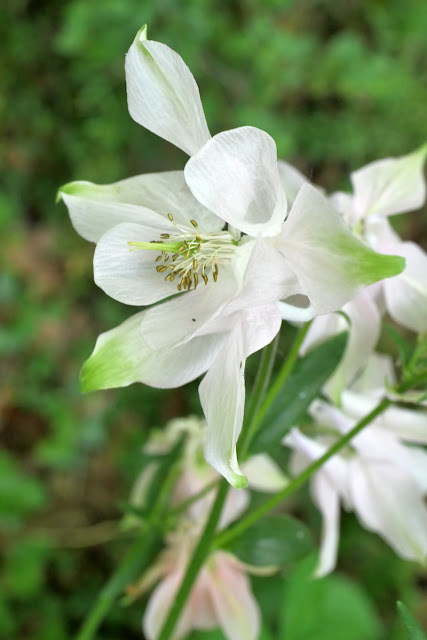Headcorn South, Kent, TQ8343 - 26/05/19

The Low Weald doesn't get a lot of botanical attention so I intended to put this right with a visit to Headcorn. Parking at the station and walking a circular walk using public footpaths and roads - this is what I found. Columbine is an awkward species to record as it is both a native and a garden escape. Native forms should have blue flowers and long, curled spurs. This then is obviously a garden escape! I commonly find it near gardens in various colour forms and usually with short spurs. Aquilegia vulgaris I had parked at the railway station and as I walked across the railway bridge to access south of the railway I found this plant on the footbridge! This is Small Toadflax, a plant I'd only seen before in arable fields, but here it was effectively a pavement plant. Chaenorhinum minus Hawthorn isn't necessarily straightforward, There are Hawthorn, Midland Hawthorn and the hybrid between the two to c
